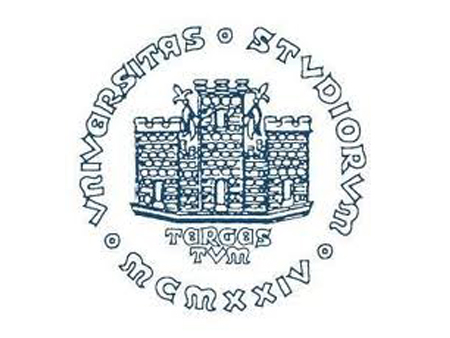30 Mar, 2017
18:00 - 20:00
Informazioni
In this round table, we explore two of the many key challenges that researches face on the way of creating efficient artificial vision systems. On the one hand, the engineerin of the "hardware" side, i.e. the set of artificial devices devoted to collecting the visual information, and the procesing of such information. On the other hand, the understandingof how visual information is processed and interpreted in animals, a key stepping stone in inspiring visual interpretation approaches in artificial systems.
Guests:
- Andrea Cavallaro (Queen Mary University of London). "Wearable and Robotic Cameras"
The rapid progress in hardware, models and algorithms for smart cameras is supporting the emergence of applications for recognition of events using wearable cameras and networked unmanned vehicles equipped with cameras. However, important challenges need to be addressed to enable wearable and robotic camera networks to impact on assistive technologies, search and rescue missions, disaster management, routine monitoring and wildlife conservation. These challenges include efficient processing and decision making, adptation to dynamic topology changes, coordination among heterogeneous devices, and the online evaluationof task performance. In this talk, I will discuss these challenges and present several examples of solutions from recent project.
http://www.eecs.qmul.ac.uk/~andrea/
Davide Zoccolan (SISSA Trieste), "Emergence of transformation-tolerant representations of visual objects in rat laterall extrastriate cortex"
Rodents are emrging as increasingly popular models of visual functions. Yet, evidence that rodent visual cortex is capable of advanced visual processing, such as object recognition, is limited. In my seminal, I will describe the results ofa recent study in which we have investigate how neurons located along the progression of extrastriate areas that, in rat brain, run laterally to primary visual cortex, encode object information. We found a progressive functional specialization of neural responses along these areas, with: i)a gradual increase of receptive field size and response latency; ii) a sharp reduction of the amount of low-level, energy-related visual information encoded by neuronal firing; iii) a substantial increase in the ability of single neurons to support discrimination of visual objects under identity - preserving transformation (e.g., position and size changes). These findings strongly argue for the existence of a rat object-processing pathway, and point to the rodents as promising models to dissect the neuronal circuitry underlying transformation-tolerant recognition of visual objects.


